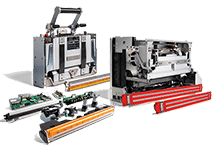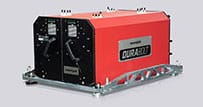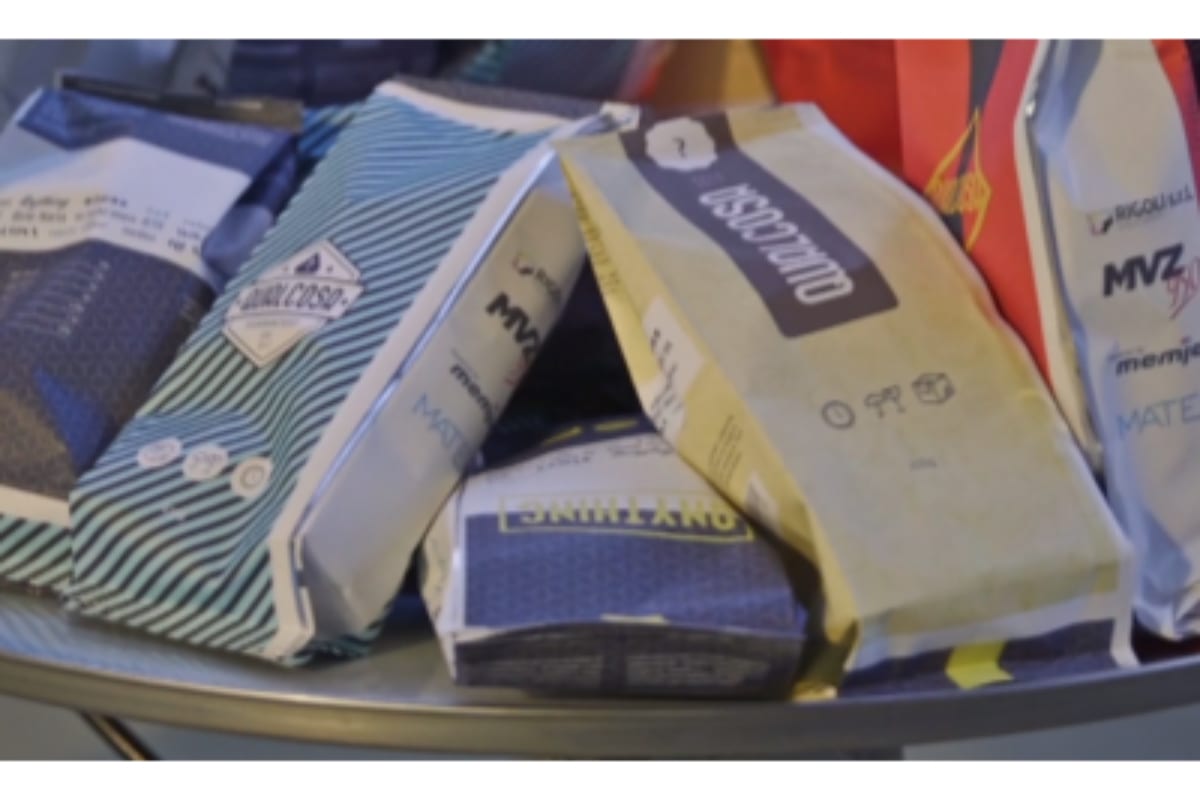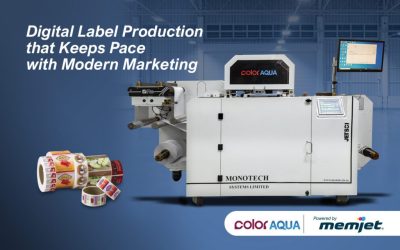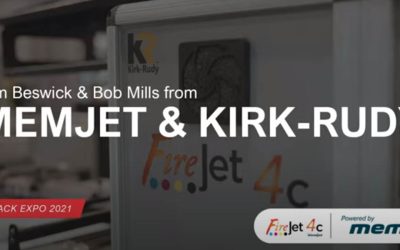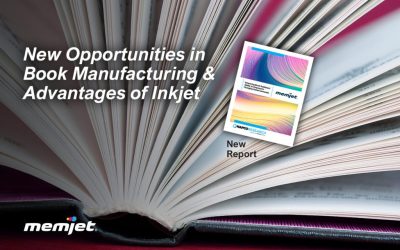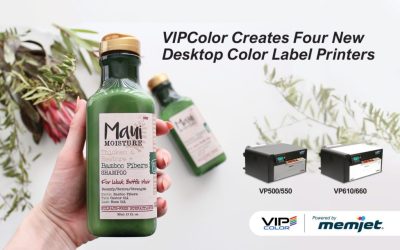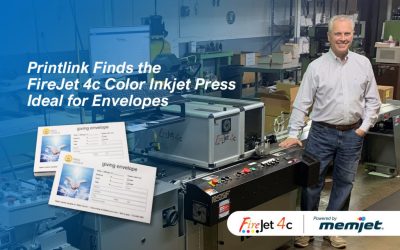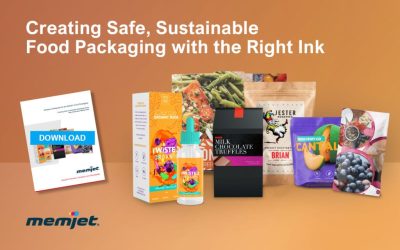Flexible packaging maximizes the practical functionality of the packaging while using the minimum amount of materials needed to create it. No matter what size package you need – or what you are putting in it – flexible packaging can be produced to suit your product and your brand.
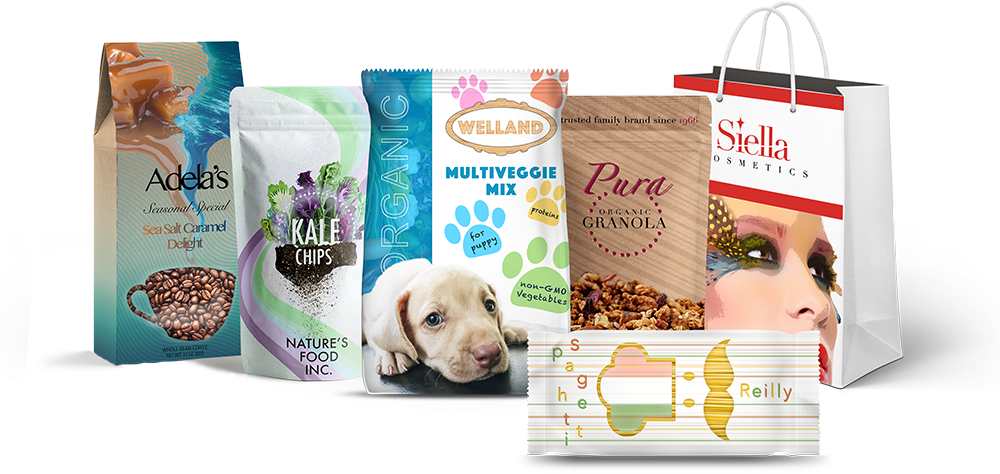
The demand for flexible packaging shows no sign of slowing down. The Smithers Pira research report The Future of Global Flexible Packaging to 2020, projects that flexible packaging consumption will grow at an annual average rate of 3 percent, and will reach $248 billion in 2020. Smithers Pira states that this consumption growth will be spread across a range of products, such as food, beverages, pet food, and pharmaceuticals.
Why Do Brands Choose Flexible Packaging?
Flexible packaging is environmentally friendly because it produces less waste than other forms of packaging.
The Flexible Packaging Association of Europe recently published a report called The Perfect Fit that talks about the “packaging paradox.” That’s the “balance between the amount of resources invested in packaging and the resources saved through the protection it provides.”
This is where flexible packaging thrives. Not only does it require fewer resources to produce, the reduced weight of the package leads to significant reductions in packaging costs, material use, and transport costs when compared to rigid packaging.
Flexible packaging also appeals to consumers who want products that can keep pace with their on-the-go lifestyles.
Research in the report On the Go Eating and Snacking: Consumer Mindsets, Menu Trends, and Product/Packaging Innovation Brands finds that today only 60 percent of all meals are prepared and eaten in the home.
In response, brands are using flexible packaging to offer food in different portion sizes that are lightweight and easy for consumers to open, carry, reseal, and store.
Like other forms of packaging, flexible packaging can also be customized to include messages and experiences that improve shelf appeal and engage the fast-moving consumer.
The Inkjet Impact on Flexible Packaging
In the past, flexible packaging equipment required a large investment and significant resources and expertise to operate. But now, digital inkjet solutions have the speed, quality, and affordability needed for brands to make flexible packaging part of their operation.
Visitors attending the IPACK-IMA Conference from May 29th – June 1st in Milan, Italy, can see these developments firsthand. Memjet partner Rigoli will showcase Memjet’s first flexible packaging solution at the event, so stop by booth D36 in Hall 7 during the conference to learn about the flexible packaging opportunity.
What Does Flexible Packaging Do for Your Business?
In our next post, we’ll take a closer look at the impact of inkjet for flexible packaging. Be sure to subscribe to the Memjet blog and get news you can use delivered right to your inbox.
Explore Memjet’s packaging solutions.


